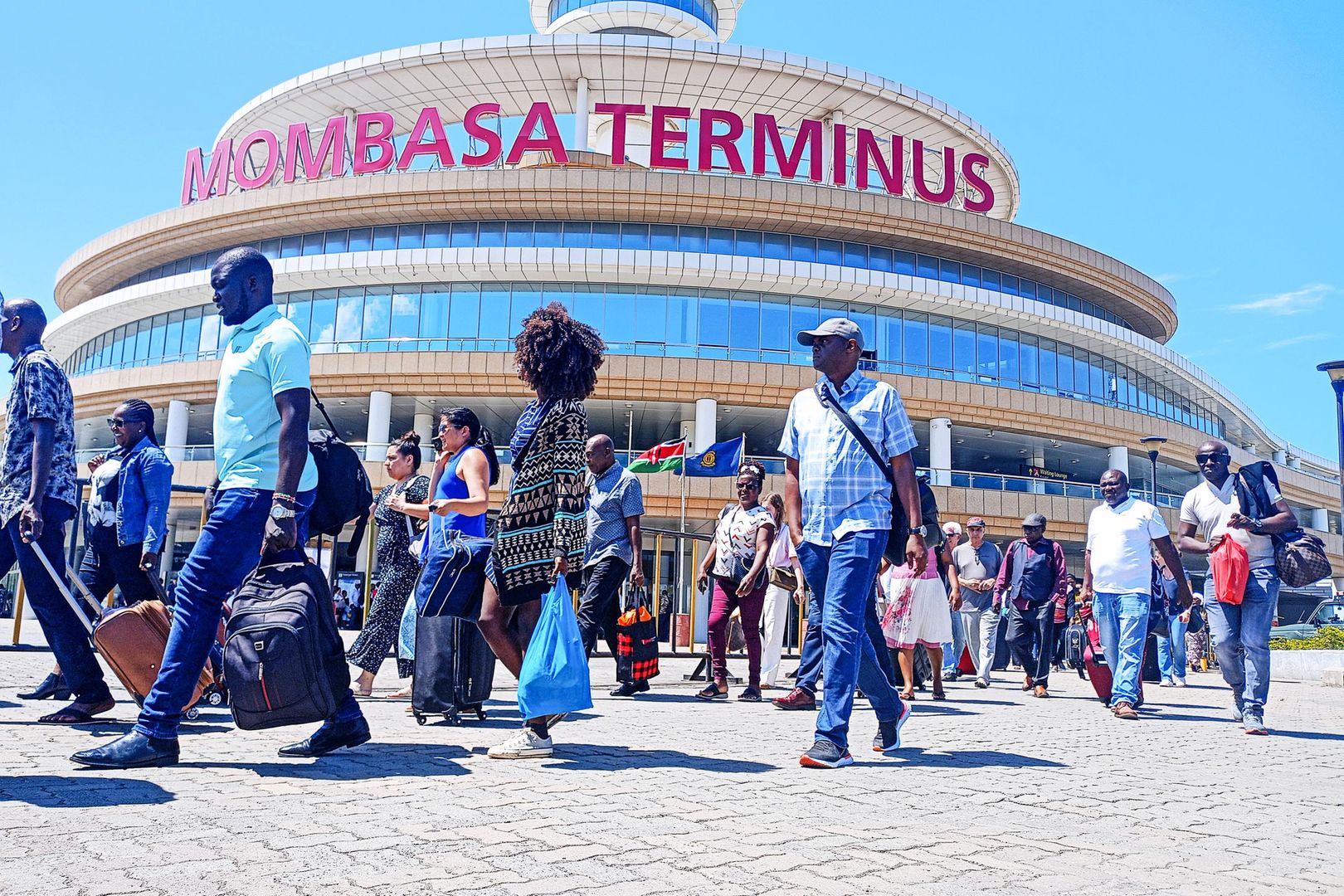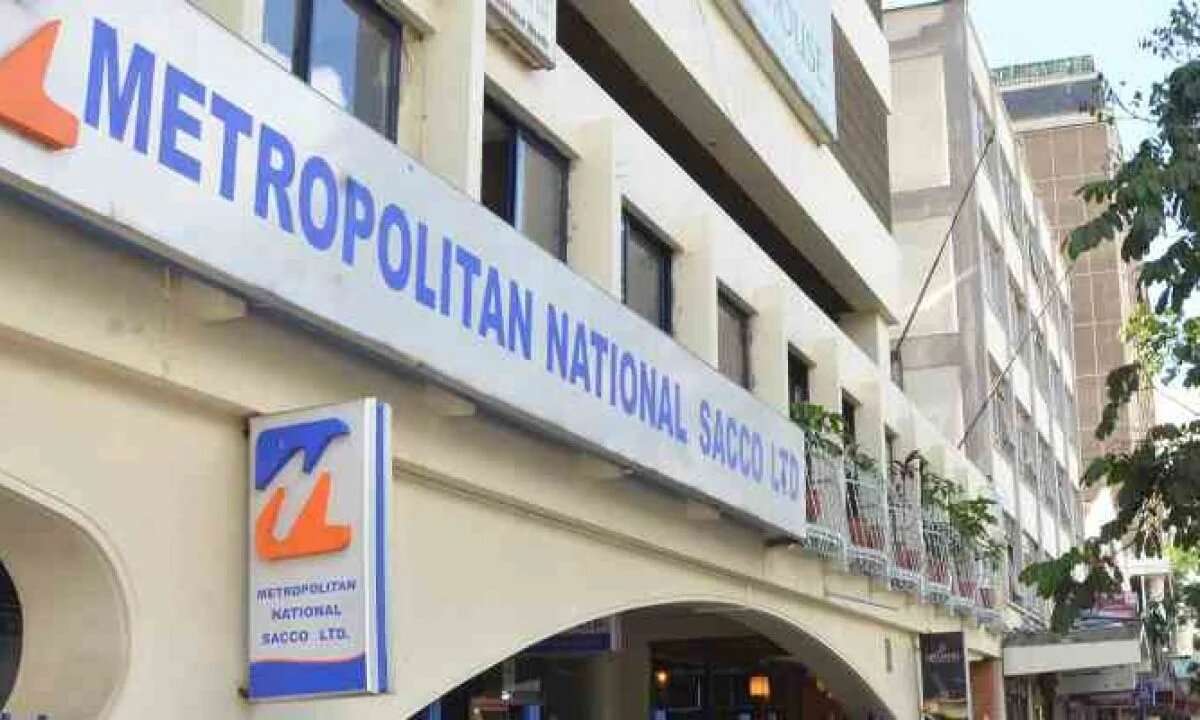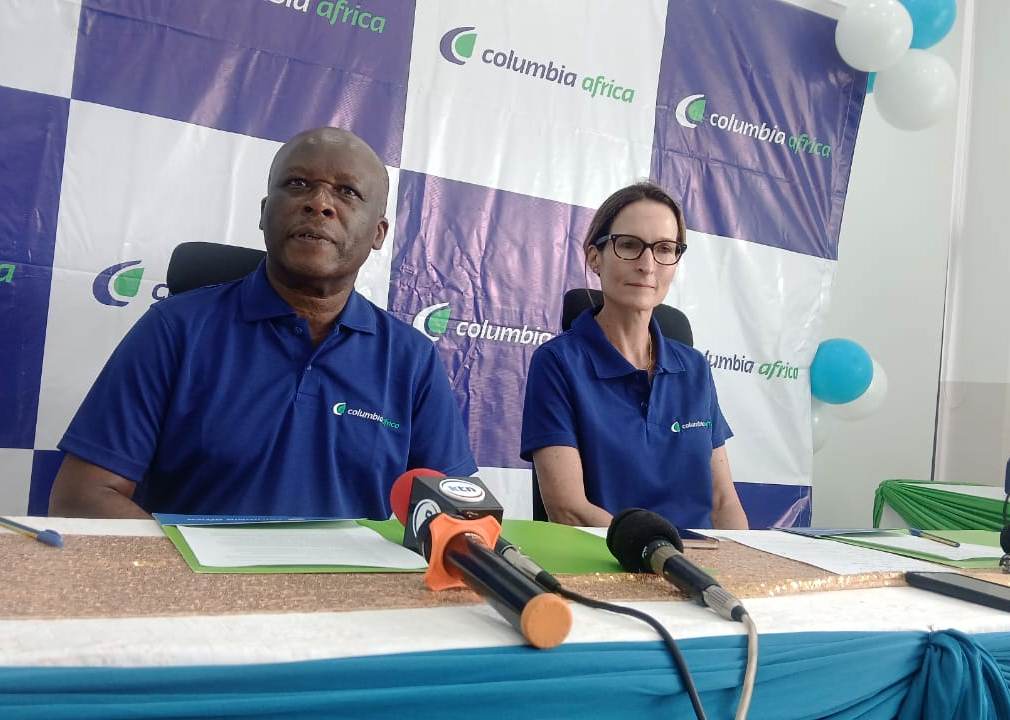The drop in SGR passenger numbers during the third quarter of 2024 continued a trend observed earlier in the year, following fare hikes introduced by Kenya Railways Corporation. In the first half of 2024, ticket prices for economy class increased by 50%, rising from Ksh 1,000 to Ksh 1,500, while first-class tickets went up from Ksh 3,000 to Ksh 4,500
The Standard Gauge Railway (SGR) incurred a loss of Ksh 144.2 million between August and September 2024, primarily due to a sharp drop in passenger numbers. According to the Kenya National Bureau of Statistics (KNBS), passenger travel on the SGR decreased significantly, from 281,683 in August to 175,901 in September.
In addition to the decline in passenger numbers, the amount of cargo transported via the SGR also dropped from 582.4 thousand tonnes in August to 512.5 thousand tonnes in September. However, revenue from cargo transport showed a slight increase, rising to Ksh 1.2 billion during the same period.
The Metre Gauge Railway (MGR) similarly experienced a decline in passenger traffic, with numbers falling from 240,026 in August to 231,684 in September 2024. Correspondingly, revenue from MGR passenger services decreased from Ksh 13.7 million to Ksh 12.4 million.
Port of Mombasa Cargo Volumes Also Decline
The KNBS report highlighted a reduction in the volume of cargo processed at the Port of Mombasa. The total cargo handled fell from 3.8 million metric tonnes (MT) in October 2024 to 3.5 million MT in November 2024, further illustrating the challenges facing Kenya’s transport sector.
Impact of Fare Hikes on Passenger Numbers
The drop in SGR passenger numbers during the third quarter of 2024 continued a trend observed earlier in the year, following fare hikes introduced by Kenya Railways Corporation. In the first half of 2024, ticket prices for economy class increased by 50%, rising from Ksh 1,000 to Ksh 1,500, while first-class tickets went up from Ksh 3,000 to Ksh 4,500.
The fare adjustments were part of a broader strategy aimed at increasing revenue to meet operational costs and service the $3.75 billion (Ksh 485.63 billion) loan from China that funded the railway’s construction. Despite these measures, the fare hikes have led to inconsistent results, including a notable decline in passenger traffic.
Financial Viability of the SGR Under Scrutiny
Kenya Railways is under mounting pressure to meet its financial obligations amid rising operational costs and looming loan repayments. The combination of reduced passenger numbers and the challenges of sustaining profitability has raised concerns about the long-term viability of the SGR as a reliable transportation solution for Kenyans.
The fare hikes, while intended to stabilize the railway’s finances, have so far proven counterproductive in maintaining passenger numbers. Stakeholders are now questioning whether the current pricing model and operational strategy can ensure the SGR’s sustainability in the future.
Efforts to address these challenges will be critical in determining the SGR’s ability to continue serving as a cornerstone of Kenya’s transportation infrastructure.





